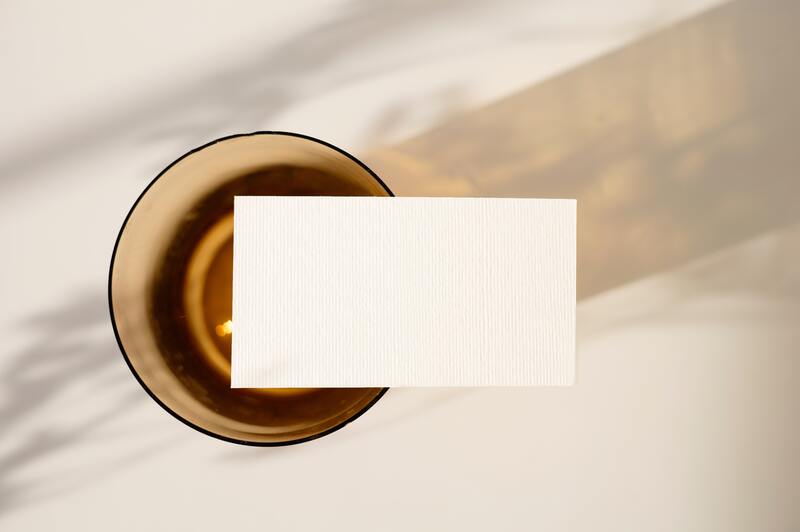You might want to protect your precious prints from water by asking ‘how does paper get water damaged’. Not only does this article answer this question for you but will also guide you in your future hows and whys.

How To Save Water Damaged Papers
Any material made of paper gets water damaged through flooding, water leaks, spills, and such like. It is important that you check these things in your chosen storage areas for paper.
It’s possible that water-damaged papers and images can be salvaged. However, don’t be dismayed if you discover that your home’s water damage has destroyed valuable documents and family photographs.
There are tips you can do if you find out that your pertinent documents such as birth certificates, tax returns, and letters are water-damaged.
Follow these quick and easy techniques for recovering moist and wet paper from water damage to prevent replacing (or losing forever) important documents.
Step #1. Move the papers to a dry spot with care. It’s critical to get the papers out of the water as quickly as possible.
Step #2. Individual sheets should be placed on plain paper towels and exposed to direct sunshine. To prevent absorbing the print onto your documents, consider using paper towels with designs.
Step #3. Put paper towels between the pages of a book to dry it and put it flat to allow the pages to breathe. It’s unrealistic to ask you to put a paper towel between every single page, so space it out to about every 20 pages.
Step #4. Set a fan near the papers, but turn it away from them. This is a time-consuming operation, but it is vital to dry your papers correctly.
Use a real fan instead of a hairdryer or another alternative.
Step #5. To avoid curling, lay paperweights on the ends of each paper. This also prevents the lightweight papers from flying away.
To quicken up the drying procedure, substitute damp or wet paper towels with dry ones on a frequent basis.
If you act quickly, these methods will assist you preserve water-damaged papers, but what if you can’t begin the drying process right away?
You, too, have options: just place the wet documents in a Ziploc bag and place them in the freezer. The paper will not deteriorate or become contaminated with mold as a result of this.
What Are The Common Methods For Drying Wet Books And Documents
Currently, there are five methods for drying wet books and documents. All have completed at least some emergency testing, and several have been extensively deployed.
Before making a final decision, get advice from a conservator or preservation administrator who has experience with catastrophe recovery. Even if original collections are replaceable, effective restoration processes have proved that drying them is less expensive than replacing them.
It’s crucial to realize that no drying procedure can restore materials. They’ll never be in finer shape than when the drying process begins.
If you need to take some time to make a key decision, books and records should be frozen to prevent physical damage and biological contamination while you make your decision.
Air drying
The oldest and most popular way of working with wet books and records is air drying. It can be used for a single item or a large number of them, but it’s best for wet or somewhat damp books and paperwork.
It is typically regarded as a low-cost drying method because it does not require any additional equipment. However, it is time-consuming, takes up a lot of space, and can result in horribly deformed bindings and text blocks. It is rarely successful when it comes to drying bound, coated paper.
When drying rare or unusual materials, book and paper conservators should always be consulted. They may opt to air dry items or recommend one of the other options.
Dehumidification
While it has been employed for many years to dry out buildings and ship holds, this is the newest way to earn recognition in the library and archival community. All collections, equipment, and furniture are left in place when large commercial dehumidifiers are carried into the premises.
Temperature and humidity can be precisely regulated to meet your requirements. Additional research is underway, but the procedure is proven to work for moist or moderately wet books, including those with coated paper, as long as the procedure is started before swelling and adhesion.
Only the amount of equipment accessible and the skill of the equipment operators limit the number of products. This method offers the benefit of leaving the items on the shelves and in storage boxes, rather than removing them to a freezer or vacuum chamber, which is an expensive step.
If you leave moist or moderately wet books and records in a self-defrosting blast freezer long enough, they will dry successfully. After water damage, materials should be stored in the freezer as quickly as feasible.
The easiest way to prevent initial swelling in books is to support their bindings securely. To prevent distortion and facilitate drying, the equipment should be able to freeze very quickly and at temperatures below -10°F.
Freez documents in stacks or spread them out
If it happens that your water-damaged papers have been infested with mold and mildew, browse through this article to learn how to remove mildew from paper documents.
If you happen to have the same problem with cards, read this article to know how to fix a water-damaged card.
Conclusion
It is best to know how does paper get water damaged. Now that you have been well-equipped with such knowledge, say no more to watery fate.
